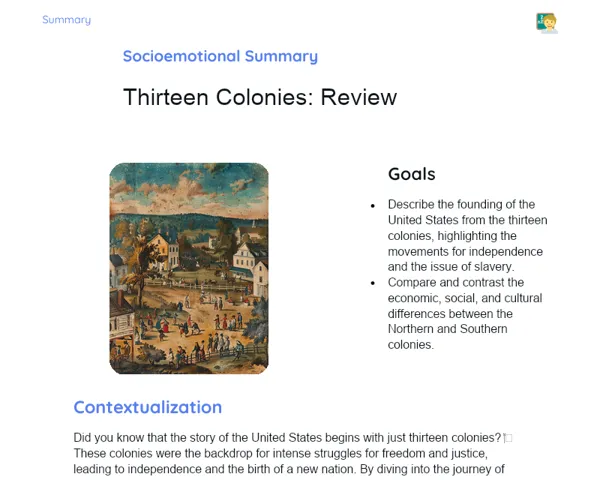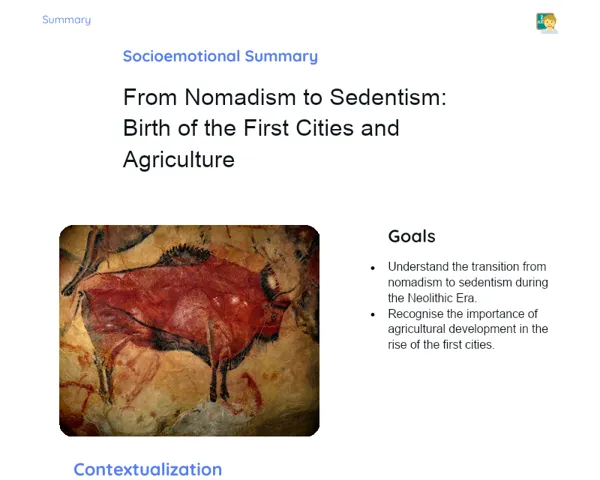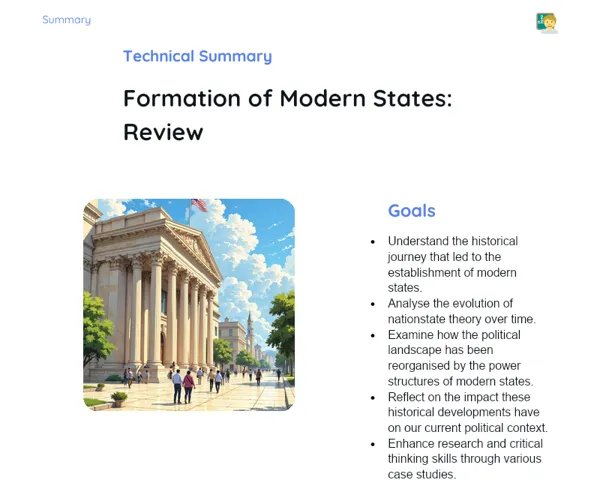Goals
1. Distinguish between working environments in urban and rural contexts.
2. Recognise the impact of technology on the daily lives of people in both rural and urban settings.
Contextualization
Over the years, life in rural and urban areas has changed dramatically, particularly with the rise of technology. These changes have a direct effect on how individuals work, engage with one another, and manage their day-to-day activities. For instance, communication in rural areas, which once relied on letters taking days to reach their destination, has now evolved to allow instant conversations with someone halfway across the globe through mobile phones. This technological shift redefines everyday life in both contexts, presenting both new opportunities and challenges for everyone involved.
Subject Relevance
To Remember!
Divergence Between Rural and Urban Living
Rural and urban lifestyles showcase several distinct contrasts. Rural living is typically slower-paced, featuring close ties to nature and a focus on agriculture and livestock, while urban life is known for its fast pace and concentration on industry, commerce, and services. The infrastructure and lifestyles significantly differ in these two environments.
-
Pace of life: Slower in rural areas, quicker in urban settings.
-
Economic activities: Agriculture and livestock dominate in rural areas; industry, commerce, and services thrive in urban centres.
-
Infrastructure: Less developed in rural regions; more intricate in urban areas.
-
Nature connection: Stronger in rural areas, weaker in urban settings.
The Influence of Technology in Rural and Urban Settings
Technology has profoundly changed life in both rural and urban areas. In rural settings, advanced agricultural machinery, automated irrigation systems, and drones are enhancing productivity and efficiency. In urban centres, technology permeates all aspects of life, from transport to communications, making life easier and boosting the effectiveness of daily tasks.
-
Agricultural machinery: Boosts productivity in rural settings.
-
Automated irrigation: Optimises water use in farms.
-
Drones: Aid in crop monitoring and agricultural management.
-
Urban technology: Enhances transport, communication, and work dynamics in cities.
Historical Shifts in Rural and Urban Life Due to New Technologies
Historically, the advent of new technologies has brought significant shifts in both rural and urban life. In rural areas, agricultural mechanisation has reduced the demand for manual labour, while industrialisation in cities has created new job opportunities and altered social dynamics. The evolution of technology continues to reshape these landscapes, fostering new careers and lifestyles.
-
Agricultural mechanisation: Diminished labour requirements in rural settings.
-
Industrialisation: Spawned new employment opportunities in urban areas.
-
Technological evolution: Continues to introduce fresh careers and modes of living.
-
Social dynamics: Transformations in societal structures across both rural and urban locales.
Practical Applications
-
Utilisation of tractors and modern farming equipment to enhance productivity in rural areas.
-
Implementation of efficient public transport and cutting-edge communication systems in urban areas.
-
Development of tech-driven projects that encourage sustainability in both rural and urban settings.
Key Terms
-
Rural Life: Pertains to the lifestyle and predominant economic pursuits found in rural areas.
-
Urban Life: Relates to the lifestyle and predominant economic activities occurring in urban environments.
-
Technology: A collection of knowledge and tools that facilitate the creation of new products and services, enriching everyday life.
-
Agricultural Mechanisation: The application of machinery and equipment in agricultural tasks to bolster efficiency and productivity.
-
Industrialisation: The transformative process of shifting from rural agrarian economies to industrial-driven societies.
Questions for Reflections
-
How will the ongoing introduction of new technologies further alter life in rural and urban contexts?
-
What primary challenges do both rural and urban areas encounter due to technological advancements?
-
In what ways can we utilise technology to enhance sustainability and improve quality of life in both settings?
Imagining the Future: Technology in Our Rural and Urban Areas
In this mini-challenge, you’ll create drawings that illustrate your vision for the future of rural and urban life, incorporating technological advancements.
Instructions
-
Grab a blank sheet of paper and split it down the middle.
-
On one half, sketch your version of rural life in the future, emphasising technology.
-
On the opposite side, illustrate your ideas for urban life in the future, again focusing on technology.
-
Incorporate colours and captions to explain the different technologies featured in your artwork.
-
Once completed, share your drawing with the class and discuss your thoughts on the future of rural and urban areas.



